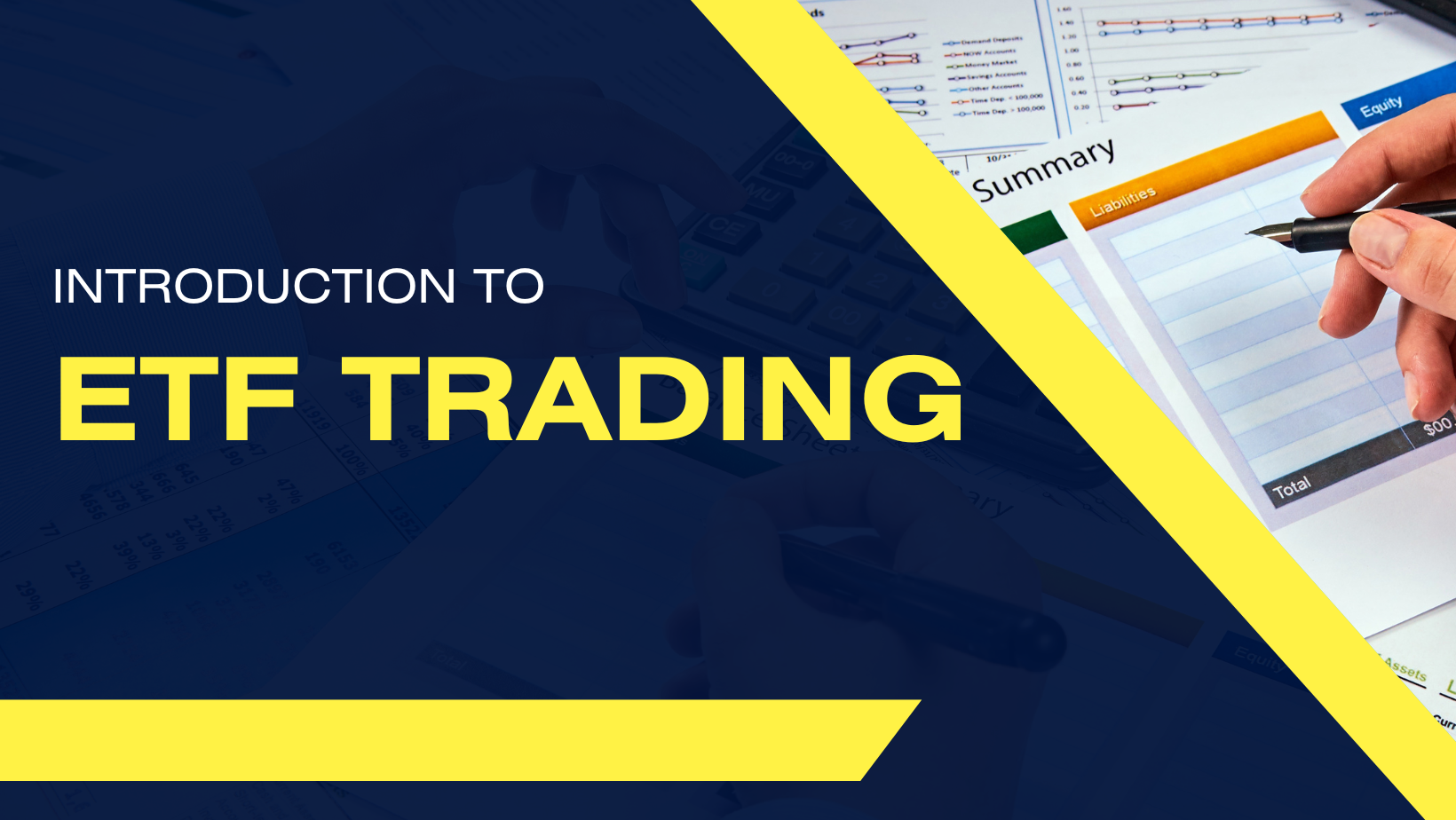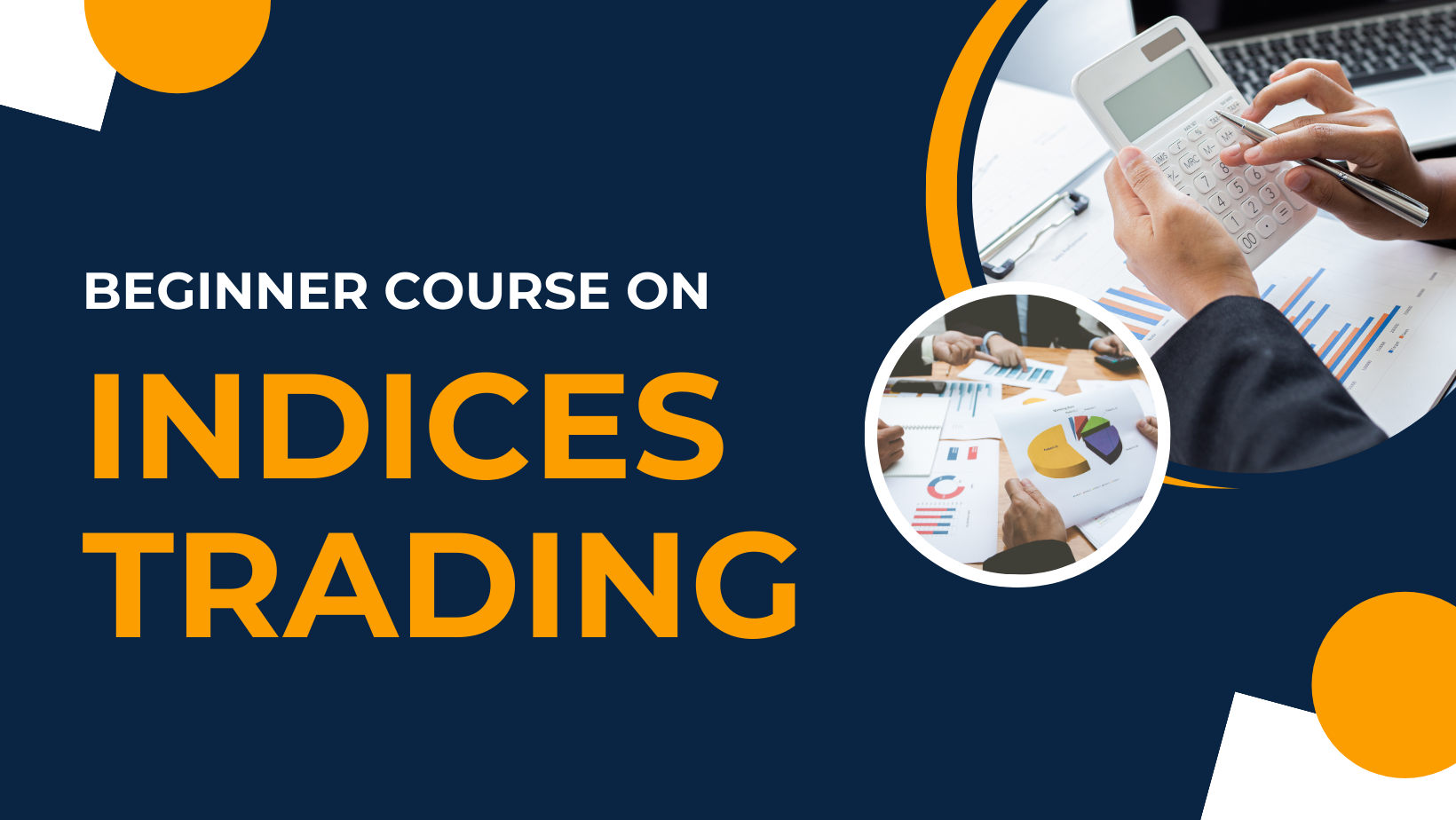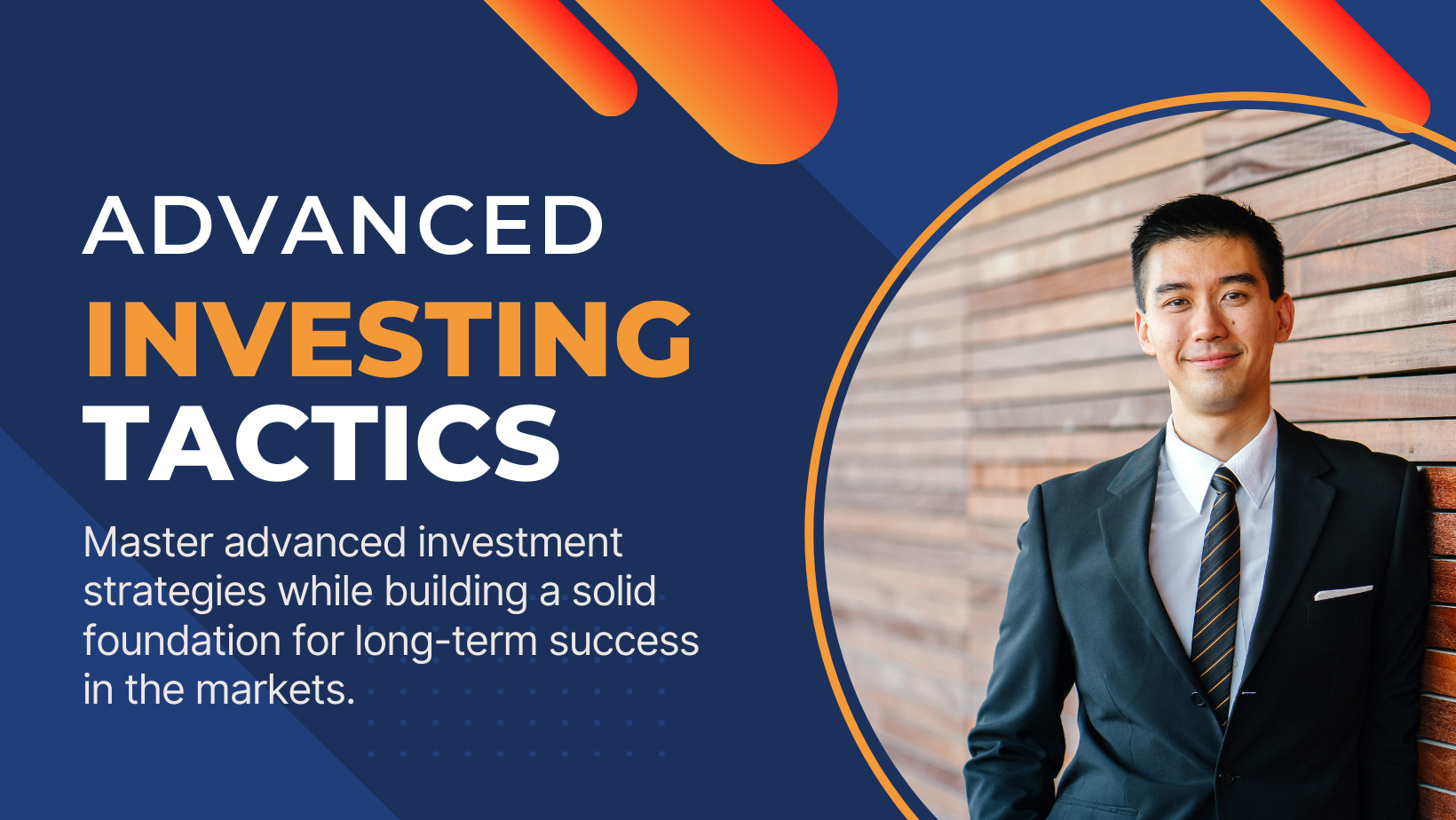What is Investing?
Investing is the practice of putting your money to work by purchasing assets that have the potential to grow in value over time. Unlike saving money in a bank account, investing involves taking calculated risks with the goal of earning higher returns that can help you build wealth and achieve your financial goals.
When you invest, you're essentially buying a piece of something that you believe will become more valuable in the future. This could be shares in a company (stocks), loans to governments or corporations (bonds), real estate, or other assets. The key principle is that your money has the potential to grow faster than inflation, helping preserve and increase your purchasing power over time.
The beauty of investing lies in compound growth – when your investments earn returns, those returns can then earn returns of their own. This creates a snowball effect that can significantly multiply your wealth over the long term, making investing one of the most powerful tools for building financial security.
Grow Your Wealth
Turn time into your greatest asset
Why Should You Start Investing?
Investing isn't just for the wealthy – it's a crucial financial strategy for anyone who wants to build long-term wealth and financial security. Here are the key benefits that make investing essential for your financial future.
Beat Inflation
While money in savings accounts loses purchasing power due to inflation, investments have historically outpaced inflation, helping your money maintain and grow its real value over time.
Compound Growth
The power of compounding means your returns earn returns. Starting early gives you more time for this exponential growth effect to work in your favor.
Achieve Financial Goals
Whether it's retirement, buying a home, or funding education, investing helps you reach major financial milestones that would be difficult with savings alone.
Generate Passive Income
Many investments pay dividends or interest, creating income streams that can supplement your salary and provide financial flexibility.
Build Financial Security
A diversified investment portfolio acts as a financial safety net, providing resources for unexpected expenses and future opportunities.
Participate in Economic Growth
By investing in companies and economies, you become a participant in global economic growth rather than just a bystander.
The Power of Compound Growth
See how $10,000 grows over time with compound returns
Based on 10% average annual return
Types of Investments for Beginners
Understanding different investment options is crucial for building a diversified portfolio. Each type of investment has its own risk and return characteristics, making them suitable for different goals and time horizons.
Stocks
Ownership shares in individual companies. Stocks offer high growth potential but come with higher volatility. Best for long-term investors comfortable with risk.
High Risk
Bonds
Loans to governments or corporations that pay regular interest. Bonds provide steady income and are generally less risky than stocks.
Low Risk
ETFs
Exchange-Traded Funds that hold many stocks or bonds. ETFs offer instant diversification and are perfect for beginners seeking broad market exposure.
Medium Risk
Index Funds
Mutual funds that track market indexes like the S&P 500. They offer low costs and broad diversification with minimal management required.
Medium Risk
REITs
Real Estate Investment Trusts allow you to invest in real estate without buying property directly. They often pay high dividends.
Medium Risk
Commodities
Physical goods like gold, oil, or agricultural products. Commodities can hedge against inflation but are often volatile.
High Risk
Beginner's Investment Priority
Start with ETFs and Index Funds: These provide instant diversification, low costs, and professional management – perfect for beginners who want broad market exposure without picking individual stocks.
Top 10 ETFs for Beginner Investors
Exchange-Traded Funds (ETFs) are ideal for beginners because they offer instant diversification, low costs, and professional management. Here are the top 10 ETFs ranked by their suitability for new investors, focusing on broad market exposure and low expenses.
Best Beginner-Friendly ETFs
| Rank | ETF Name | Ticker | Expense Ratio | Risk Level | Focus | Beginner Rating |
|---|---|---|---|---|---|---|
| 1 | Vanguard Total Stock Market | VTI | 0.03% | Medium | Total US Market | Excellent |
| 2 | SPDR S&P 500 ETF | SPY | 0.09% | Medium | S&P 500 | Excellent |
| 3 | Vanguard S&P 500 ETF | VOO | 0.03% | Medium | S&P 500 | Excellent |
| 4 | iShares Core S&P 500 | IVV | 0.03% | Medium | S&P 500 | Excellent |
| 5 | Vanguard Total International | VTIAX | 0.11% | Medium | International Markets | Very Good |
| 6 | Vanguard Total Bond Market | BND | 0.03% | Low | US Bonds | Very Good |
| 7 | iShares Core MSCI Total International | IXUS | 0.09% | Medium | International Stocks | Very Good |
| 8 | Schwab US Broad Market | SCHB | 0.03% | Medium | Broad US Market | Very Good |
| 9 | iShares Core US Aggregate Bond | AGG | 0.03% | Low | US Bond Market | Good |
| 10 | Vanguard Dividend Appreciation | VIG | 0.06% | Medium | Dividend Growth | Good |
ETF Selection Criteria for Beginners
Low Expense Ratios: Look for ETFs with expense ratios under 0.20%
Broad Diversification: Choose funds that hold hundreds or thousands of stocks
High Liquidity: Select popular ETFs with high trading volumes
Track Record: Prefer established funds with long performance histories
Understanding Risk and Return
One of the most fundamental concepts in investing is the relationship between risk and return. Generally, investments with higher potential returns come with higher risks, while safer investments typically offer lower returns.
The Risk-Return Spectrum
Different investments fall along a spectrum from low-risk, low-return to high-risk, high-return. Understanding where each investment type fits helps you make informed decisions based on your goals and risk tolerance.
Risk vs. Return by Investment Type
Low Risk
2-4% Return
Medium Risk
7-10% Return
High Risk
Variable Return
Types of Investment Risk
Understanding different types of risk helps you make better investment decisions and build a more resilient portfolio:
Market Risk
The risk that the entire market will decline, affecting most investments. This is systematic risk that can't be eliminated through diversification.
Company Risk
The risk specific to individual companies, such as poor management or industry disruption. This can be reduced through diversification.
Inflation Risk
The risk that inflation will erode your purchasing power over time. This affects cash and bonds more than stocks.
Liquidity Risk
The risk that you won't be able to sell an investment quickly without affecting its price. Stocks and ETFs are generally very liquid.
Risk Management Principles
• Never invest money you can't afford to lose
• Diversify across different asset types and sectors
• Match your risk level to your time horizon
• Don't panic during market downturns
• Regularly review and rebalance your portfolio
How to Start Investing: Step-by-Step Guide
Starting your investment journey doesn't have to be complicated. Follow these steps to begin building your wealth through smart investing.
Set Clear Financial Goals
Define what you're investing for – retirement, a house, education, or general wealth building. Your goals will determine your investment strategy and time horizon.
Build an Emergency Fund
Before investing, save 3-6 months of expenses in a high-yield savings account. This prevents you from having to sell investments during emergencies.
Pay Off High-Interest Debt
Credit card debt typically charges 15-25% interest. Pay this off before investing, as it's unlikely your investments will consistently beat these rates.
Choose an Investment Account
Open a brokerage account with a reputable firm. Look for low fees, good research tools, and a user-friendly platform. Consider tax-advantaged accounts like IRAs.
Start with Broad Market ETFs
Begin with low-cost, diversified ETFs that track the total stock market or S&P 500. These provide instant diversification and professional management.
Invest Regularly
Set up automatic investments to buy consistently regardless of market conditions. This dollar-cost averaging strategy reduces the impact of market volatility.
Stay Educated
Continue learning about investing through books, reputable financial websites, and educational resources. Knowledge is your best tool for long-term success.
Review and Rebalance
Periodically review your portfolio and rebalance to maintain your target allocation. This ensures you're not taking on more risk than intended.
Sample Beginner Portfolio Allocation
Here's a simple, well-diversified portfolio suitable for most beginning investors:
Simple Three-Fund Portfolio
VTI or VOO
Core growth engine
VTIAX or IXUS
Global diversification
BND or AGG
Stability and income
Common Beginner Investing Mistakes to Avoid
Learning from others' mistakes can save you time, money, and stress. Here are the most common pitfalls new investors face and how to avoid them.
Trying to Time the Market
Attempting to buy low and sell high consistently is nearly impossible. Instead, invest regularly regardless of market conditions through dollar-cost averaging.
Putting All Eggs in One Basket
Concentrating investments in one stock or sector increases risk dramatically. Diversify across many investments to reduce company-specific risk.
Emotional Investing
Making decisions based on fear or greed leads to buying high and selling low. Stick to your plan and ignore short-term market noise.
Ignoring Fees
High fees compound over time and can significantly reduce returns. Choose low-cost index funds and ETFs with expense ratios under 0.20%.
Chasing Hot Stocks
Investing in trendy stocks or sectors often leads to buying at peaks. Focus on broad market exposure rather than trying to pick winners.
Not Starting Early Enough
Waiting for the "perfect" time or amount means missing out on compound growth. Start investing as soon as possible, even with small amounts.
Red Flags to Watch Out For
• Promises of guaranteed high returns
• Pressure to invest immediately
• Complex investments you don't understand
• Recommendations based on tips or rumors
• Investments with very high fees
Your Investing Journey Starts Now
Investing is one of the most powerful tools for building long-term wealth and achieving financial independence. While it may seem intimidating at first, the basics are straightforward: start early, invest regularly, diversify your holdings, keep costs low, and stay patient.
The key to successful investing isn't about picking the perfect stock or timing the market – it's about developing good habits and sticking to a consistent strategy over time. By starting with broad market ETFs and gradually expanding your knowledge, you'll build both wealth and confidence in your investment decisions.
Remember that investing is a marathon, not a sprint. The stock market will have ups and downs, but historically, patient investors who stay the course have been rewarded with substantial long-term growth. Every day you delay starting is a day of potential compound growth you're missing out on.
The most important step is the first one. Whether you start with $100 or $1,000, the habits you build and the knowledge you gain will serve you for a lifetime. Your future self will thank you for taking action today and beginning your journey toward financial freedom through smart investing.
Your Next Steps
1. Open a brokerage account with a reputable, low-cost provider
2. Start with a broad market ETF like VTI or VOO
3. Set up automatic investments to build consistency
4. Continue learning through books and educational resources
5. Stay patient and disciplined through market volatility
6. Gradually expand your portfolio as you gain experience


